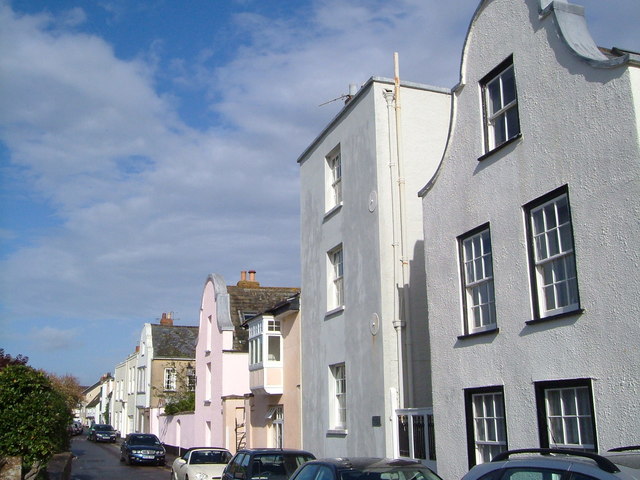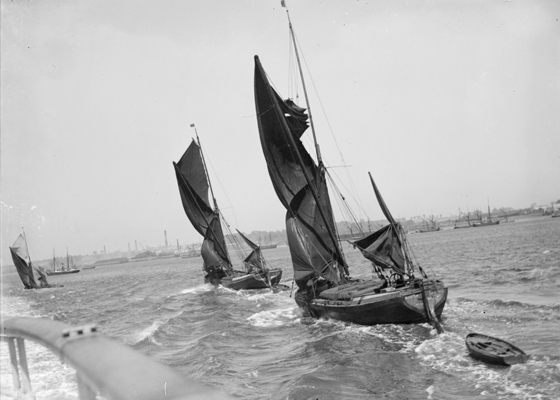|
HMS Swinger (1794)
Six ships of the Royal Navy have been named HMS ''Swinger'': *, a 14-gun (later 12-gun) ''Conquest''-class gun brig launched at Limehouse in 1794 and sold in 1802. *, a 6-gun gunvessel purchased locally in Honduras in 1798, and whose fate in unknown. *, a 12-gun ''Archer''-class gun brig launched at Topsham in 1804 and broken up in June 1812. *, a 12-gun ''Bold''-class gun brig launched at Bridport in 1813, converted to a mooring lighter in 1829 and broken up in 1877. *, a 4-gun launched at Northfleet in 1855 and broken up in 1864. *, a 4-gun launched at Pembroke Dockyard Pembroke Dockyard, originally called Pater Yard, is a former Royal Navy Dockyard in Pembroke Dock, Pembrokeshire, Wales. History It was founded in 1814, although not formally authorized until the Prince Regent signed the necessary Order in Cou ... in 1872, hulked in 1895 and sold in 1924. References * {{DEFAULTSORT:Swinger, Hms Royal Navy ship names ... [...More Info...] [...Related Items...] OR: [Wikipedia] [Google] [Baidu] |
List Of Gun-brigs Of The Royal Navy
A gun-brig was a small brig-rigged warship that enjoyed popularity in the Royal Navy during the Napoleonic Wars, during which large numbers were purchased or built. In general these were vessels of under 200 tons burthen, and thus smaller than the more common s or the even larger s. The gun-brigs generally carried 12 guns, comprising two long guns in the chase position and ten carronades on the broadsides. For brig-rigged sloops, see List of corvette and sloop classes of the Royal Navy. For gunboats, see List of gunboat and gunvessel classes of the Royal Navy. Development The earliest gun-brigs were shallow-draught vessels. Initially they were not brigs at all, but were classed as 'gunvessels' and carried a schooner or brigantine rig. They were re-rigged as brigs about 1796 and re-classed under the new term 'gun-brig'. They were designed as much to row as to sail, and carried their primary armament firing forward - a pair of long 18-pounders or 24-pounders, weapons which in ... [...More Info...] [...Related Items...] OR: [Wikipedia] [Google] [Baidu] |
Gun Brig
A gun-brig was a small brig-rigged warship that enjoyed popularity in the Royal Navy during the Napoleonic Wars, during which large numbers were purchased or built. In general these were vessels of under 200 tons burthen, and thus smaller than the more common s or the even larger s. The gun-brigs generally carried 12 guns, comprising two long guns in the chase position and ten carronades on the broadsides. For brig-rigged sloops, see List of corvette and sloop classes of the Royal Navy. For gunboats, see List of gunboat and gunvessel classes of the Royal Navy. Development The earliest gun-brigs were shallow-draught vessels. Initially they were not brigs at all, but were classed as 'gunvessels' and carried a schooner or brigantine rig. They were re-rigged as brigs about 1796 and re-classed under the new term 'gun-brig'. They were designed as much to row as to sail, and carried their primary armament firing forward - a pair of long 18-pounders or 24-pounders, weapons which in ... [...More Info...] [...Related Items...] OR: [Wikipedia] [Google] [Baidu] |
Limehouse
Limehouse is a district in the London Borough of Tower Hamlets in East London. It is east of Charing Cross, on the northern bank of the River Thames. Its proximity to the river has given it a strong maritime character, which it retains through its riverside public houses and steps, such as The Grapes and Limehouse Stairs. It is part of the traditional county of Middlesex. It became part of the ceremonial County of London following the passing of the Local Government Act 1888, and then part of Greater London in 1965. It is located between Stepney to the west and north, Mile End and Bow to the northwest, Poplar to the east, and Canary Wharf and Millwall to the south, and stretches from the end of Cable Street and Butcher Row in the west to Stainsby Road near Bartlett Park in the east, and from West India Dock (South Dock) and the River Thames in the south to Salmon Lane and Rhodeswell Road in the north. The area gives its name to Limehouse Reach, a section of the Thames wh ... [...More Info...] [...Related Items...] OR: [Wikipedia] [Google] [Baidu] |
Topsham, Devon
Topsham (, also ) is a town in Devon, England, located on the east side of the River Exe, immediately north of its confluence with the River Clyst and the former's estuary, between Exeter and Exmouth. Topsham is a historic port and was designated a town by a 1300 royal charter granted by Edward I; it was formally amalgamated into the City of Exeter in 1966. The town is served by Topsham railway station, about midway on the branch line from Exeter Central to Exmouth, now called the Avocet Line; 2011 saw the 150th anniversary of the railway coming to Topsham. The electoral ward of Topsham had a population recorded at 5,519 in the 2011 census, though this ward extends further northwest and includes the east half of Countess Wear as well as the new suburb of Newcourt. History The native Celtic settlement of Topsham became the port of the Roman city of Isca Dumnoniorum (Exeter) in the first century AD, and continued to serve it until the Roman occupation of southern Britain cea ... [...More Info...] [...Related Items...] OR: [Wikipedia] [Google] [Baidu] |
Bridport
Bridport is a market town in Dorset, England, inland from the English Channel near the confluence of the River Brit and its tributary the Asker. Its origins are Saxon and it has a long history as a rope-making centre. On the coast and within the town's boundary is West Bay, a small fishing harbour also known as Bridport Harbour. The town features as Port Bredy in Thomas Hardy's Wessex novels. In the 21st century, Bridport's arts scene has expanded with an arts centre, theatre, cinema and museum. In the 2011 census the population of Bridport's built-up area was 13,568. The town is twinned with Saint-Vaast-la-Hougue, France. History Bridport's origins are Saxon. During the reign of King Alfred it became one of the four most important settlements in Dorset – the other three being Dorchester, Shaftesbury and Wareham – with the construction of fortifications and establishment of a mint. Bridport's name probably derives from another location nearby. In the ... [...More Info...] [...Related Items...] OR: [Wikipedia] [Google] [Baidu] |
Northfleet
Northfleet is a town in the borough of Gravesham in Kent, England. It is located immediately west of Gravesend, and on the border with the Borough of Dartford. Northfleet has its own railway station on the North Kent Line, just east of Ebbsfleet International railway station on the High Speed 1 line. The area Northfleet's name is derived from being situated on the northern reach of what was once called the River Fleet (today known as the Ebbsfleet River). There is a village at the other end of the river named Southfleet. It has been the site of a settlement on the shore of the River Thames adjacent to Gravesend since Roman times. It was known as ''Fleote'' by the Saxons c. 600 AD, ''Flyote'' c. 900 AD, and ''Flete'' c. 1000 AD. It was recorded as ''Norfluet'' in the Domesday Book, and ''Northflet'' in 1201. By 1610 the name of Northfleet had become established. A battle took place during the Civil War at the Stonebridge over the Ebbsfleet river. Northfleet became a town in 187 ... [...More Info...] [...Related Items...] OR: [Wikipedia] [Google] [Baidu] |
Pembroke Dockyard
Pembroke Dockyard, originally called Pater Yard, is a former Royal Navy Dockyard in Pembroke Dock, Pembrokeshire, Wales. History It was founded in 1814, although not formally authorized until the Prince Regent signed the necessary Order in Council on 31 October 1815, and was known as ''Pater Yard'' until 1817. The Mayor of Pembroke had requested the change "in deference to the town of Pembroke some distant". The site selected for the dockyard was greenfield land and the closest accommodations were in Pembroke. Office space was provided by the old frigate after she was beached. The Royal Marine garrison was housed in the hulked 74-gun ship, , after she was run aground in 1832. Many of the workmen commuted by boat from nearby communities until Pembroke Dock town was built up. In 1860 the dockyard's policing was transferred to the new No. 4 Division of the Metropolitan Police, which remained in that role until the 1920s. After the end of the First World War, the dockyard ... [...More Info...] [...Related Items...] OR: [Wikipedia] [Google] [Baidu] |


